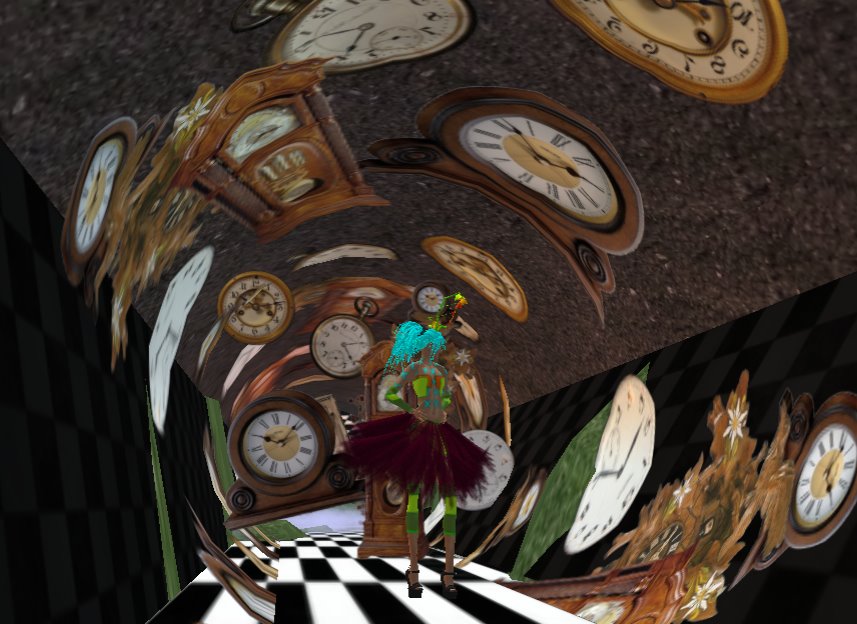In "Get Out
of Gaol Free, or: How to Read a Comic Plot" by John Bruns1, Bruns
writes that "a novelistic plot demands that we, as readers, must always be
moving endward, in a more or less rectilinear fashion, towards
resolution, closure, and understanding"; he opposes this understanding of
the genre of the novel to the novel as "a way of enabling characters to
engage in lively dialogues to which the reader can then respond". Bruns
then goes on to say that "the comic plot, however has no demands, save
one: that the reader must always be moving somewhere, moving anywhere. In the
comic plot, characters needs not be understood - their movement alone

 © Serendip® 1994 - All rights reserved. Privacy Policy
© Serendip® 1994 - All rights reserved. Privacy Policy








